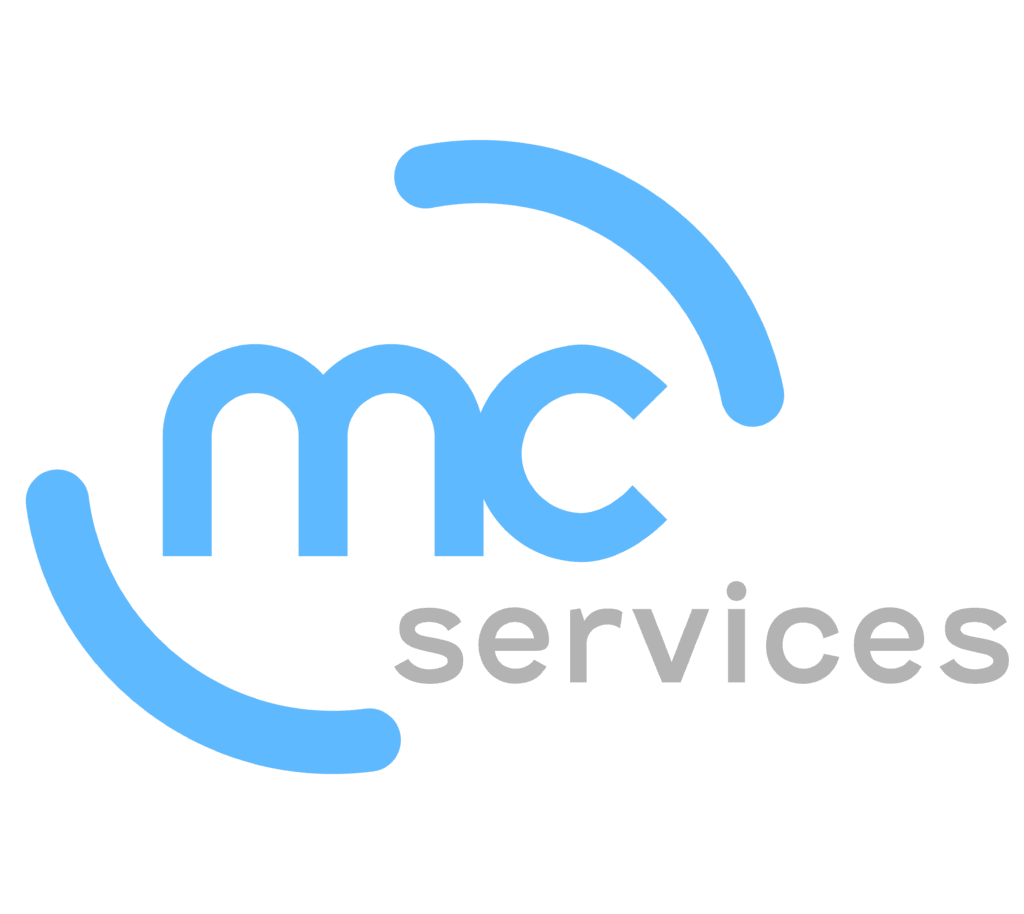Apple recently hosted a major product and service update event in Chicago, revealing new solutions that are on the brink of hitting the marketplace. In many ways, Apple primarily aimed the announcements at schools, with the tech giant working to strengthen its ability to compete with Google in academic settings, particularly K-12 districts. However, the effort Apple is putting into making its products better for schools trickle down to the enterprise, with more powerful devices becoming cost-efficient and, as a result, accessible.
The vast majority of solutions brought forward by Apple could end up having some application for businesses depending on the industry they work in and their operational requirements. However, two announcements stand out as being relevant for enterprise teams. These were:
1. The new iPad
Apple already has an affordable variant of its iPad, but the company announced its new version of the device, which will cost $329, will bring upper-level performance into a more cost-efficient package. Beyond offering a 9.7-inch Retina display, the device also includes the A10 fusion chip that was previously available in the iPad Pro. This addition results in a supercharged but still affordable tablet that packs enough punch to be used in a variety of settings. In particular, Apple is combining the A10 with built-in sensors to make the device a natural fit for augmented reality use cases. Greg Joswiak, vice president of product marketing for Apple, emphasized this point.
"The new iPad is a natural fit for augmented reality use cases."
"iPad is our vision for the future of computing and hundreds of millions of people around the world use it every day at work, in school and for play," said Joswiak. "Our most popular and affordable iPad now includes support for Apple Pencil, bringing the advanced capabilities of one of our most creative tools to even more users. This iPad also has the power of the A10 Fusion chip, combined with the big, beautiful Retina display, advanced cameras and sensors that enable incredible AR experiences simply not possible on other devices."
These capabilities create a mobile device format that can be adapted for use cases in a wide array of settings and project types, including:
- Training programs that use augmented reality to enable users to display virtual renditions of physical objects, such as machinery, to learn the ins and outs of an asset in real space instead of looking at diagrams on a screen.
- Collaboration initiatives built around allowing users to take notes on digital files naturally, leaving handwritten messages, drawings and similar notations via the Apple Pencil.
- Design applications that allow users to easily manipulate drawings, typography, blueprints and similar assets in precise ways.
- Modeling systems that produce three-dimensional, AR versions of plans to allow designers and engineers to get a physical sense of a plan without having to produce prototypes or models.
These are just a few options for how companies can use powerful, AR-enabled tablets to change how they work. The mobile devices can offer convenience that is difficult to match with traditional computing systems and power that most smartphones can't provide. At the same time, the additional interface and sensor capabilities add on to the benefits of the tablet form factor to allow for unique use cases that would otherwise require specialized technology. Tablets can be a tech democratizer, and Apple's more cost-efficient option could put robust capabilities into the hands of more users.
While many of Apple's improvements to its lower-priced tablet are aimed at educational use cases, these options can also pay off for businesses. Furthermore, our second major takeaway represents Apple targeting the enterprise.

2. Improved iWork functionality
Apple is making major updates to its iWork platform, and many of these capabilities are designed around some of the new iPad capabilities the brand announced. Here's a quick look at the major changes to the solution:
- Apple Pencil integration, allowing users to easily add notes to files, create new content and make illustrations.
- A new Smart Annotation tool that automatically anchors comments, proofing marks and notes to relevant parts of documents to make it easier to work together on files.
- Collaboration tools that allow for real-time communication within the app, saving users from having to jump between multiple solutions to work with one another.
- Book creation capabilities, enabling users to create books using a variety of pre-existing templates built into the app.
- A Presenter Mode feature built into Pages so users can turn their iPads into teleprompters during presentations.
These additions to iWork could prove especially invaluable for businesses that are looking to integrate more Apple solutions into their operations. While many companies don't use Pages, Keynote and Numbers extensively due to the longstanding dominance of Microsoft's productivity solutions, these iWork solutions are free, creating opportunities for organizations that want to experiment with new solutions, particularly those that are expanding their use of tablets.
Apple's Chicago event may not have focused on enterprise use cases, but businesses that look closely can find plenty of solutions that could work for them. If you're thinking about an increased rollout of Apple devices, consider reaching out to MC Services. We offer IT consulting, Apple support and similar solutions to help organizations get started.
